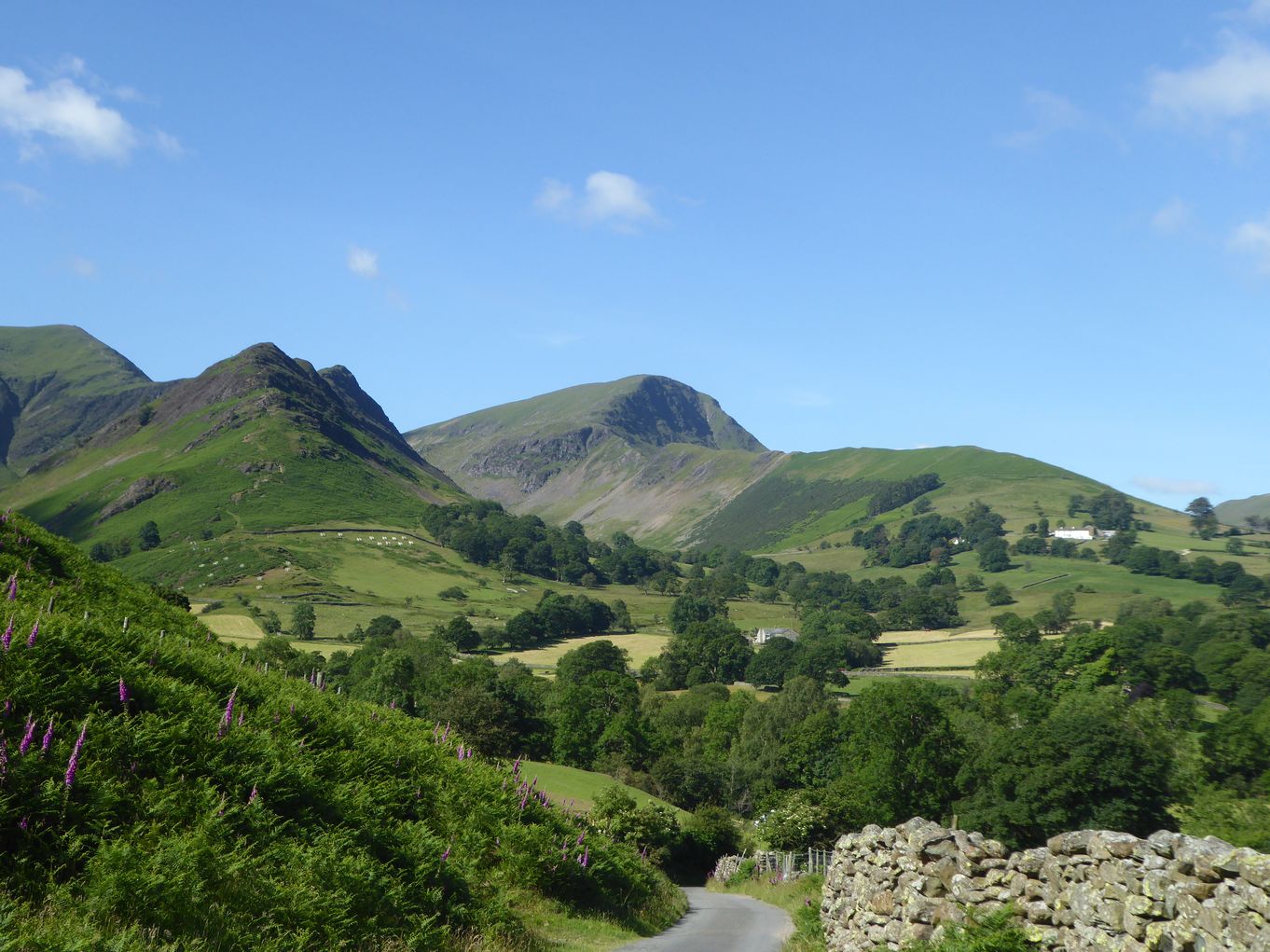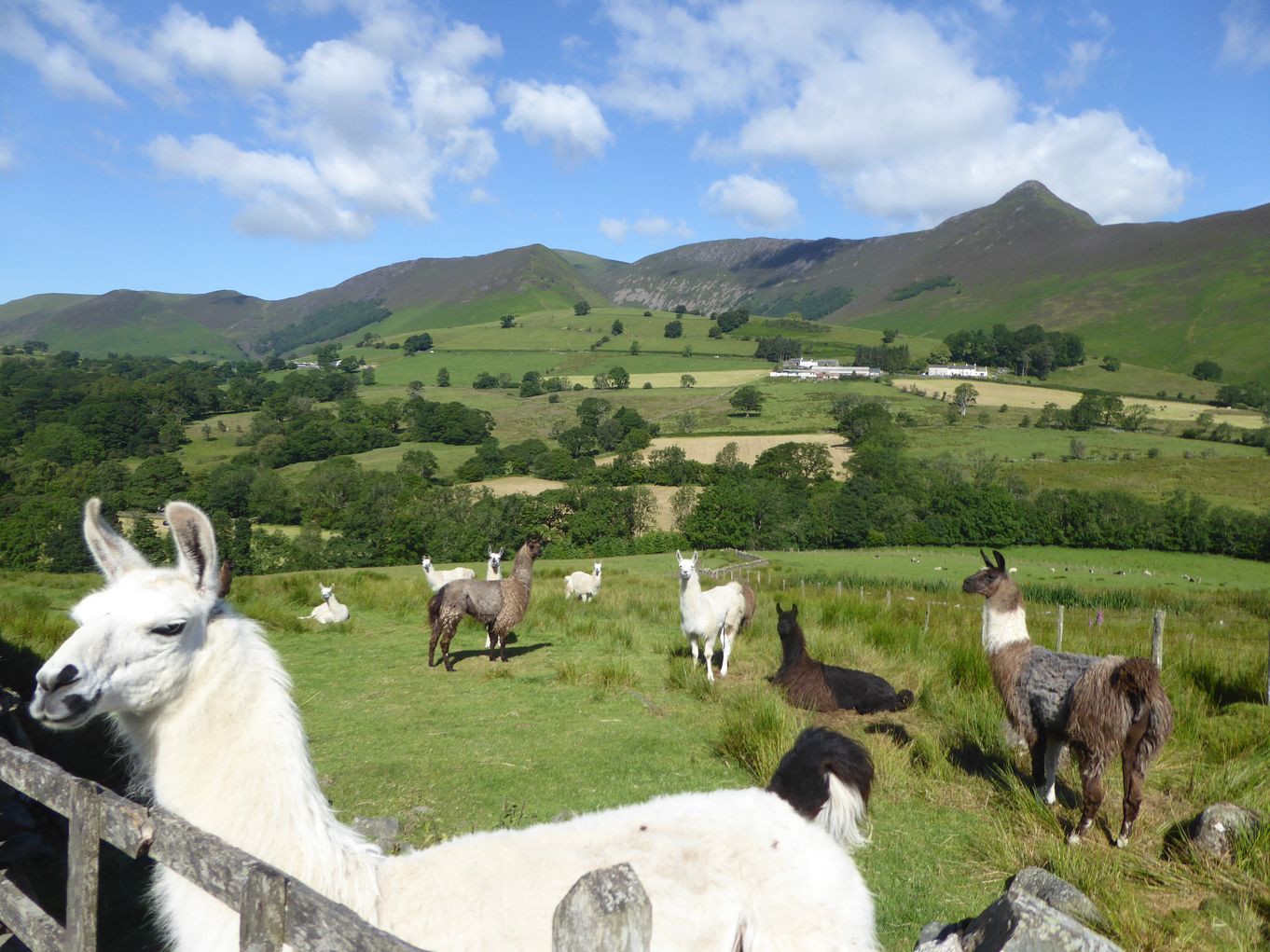Newlands Valley
To the west of Keswick lies the peaceful and unspoilt Newlands Valley. It is easily accessible from Keswick and is separated from Derwentwater by a single range of hills. By road it is only 3 miles to Stair, a small hamlet at the start of the valley. A winding road with frequent glimpses of the Newlands Beck leads you to Littletown, another small hamlet. Close by is Newlands Church, a pretty whitewashed building situated at the foot of the hills.
The Newlands Valley is well known for its links with Beatrix Potter. The tale of Mrs Tiggywinkle uses the Newlands Valley as its backdrop. The star of the book was based upon the vicar's daughter - Lucie Carr - of the tiny white washed Newland's Church. The book is dedicated to 'the real Lucie of Newlands' and you can recognise Catbells, Skelgill and Littletown from the sketches in the book.
This picturesque valley is an excellent base for walking and touring with the historic pass over to Buttermere and a huge variety of walking routes from low level valley paths to ridge and fellside adventures. The Newlands Valley is an excellent choice as a base for a walking holiday and provides a huge variety of walking routes from your doorstep including low level valley walks, ridge walks and fell walks such as Causey Pike, Barrow, Robinson, Hindscarth, Catbells, Maiden Moor and Dale Head.
To combine fells and valley try the Barrow Door walk which starts off with a climb part way up Barrow and excellent views towards the high fells then drops down to return through the peaceful Newlands Valley.
The Newlands Round is a fabulous horseshoe walk which tackles the skyline crest and exploits the line of least resistance to reach a significant number of summits. It crosses the famous trio of Cat Bells, Maiden Moor and High Spy then turns west to cross the more remote summits of Dale Head and Robinson. Click here for the walking route of the Newlands Round.
Newlands Valley is also home to the Goldscope Mine, the most famous mine in the Lake District. It is on the lower slopes of Hindscarth near Low Snab Farm and was in use from the 1500's until the end of the 1800's. It yielded such large quantities of lead and copper that it was called 'Gottesgab' (God's Gift) by the German miners who were brought over to develop it.





